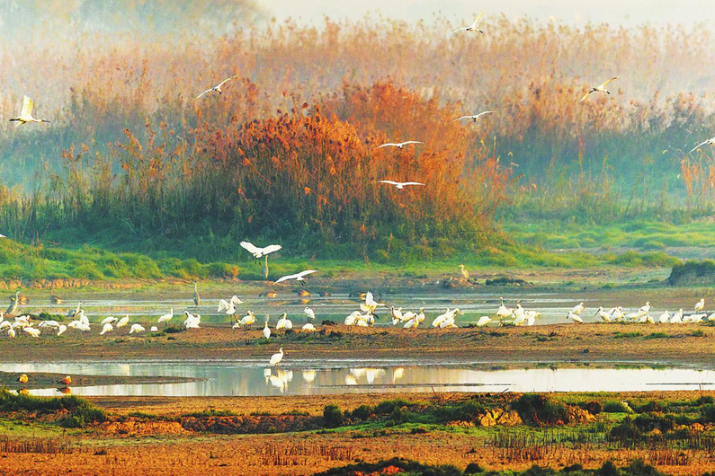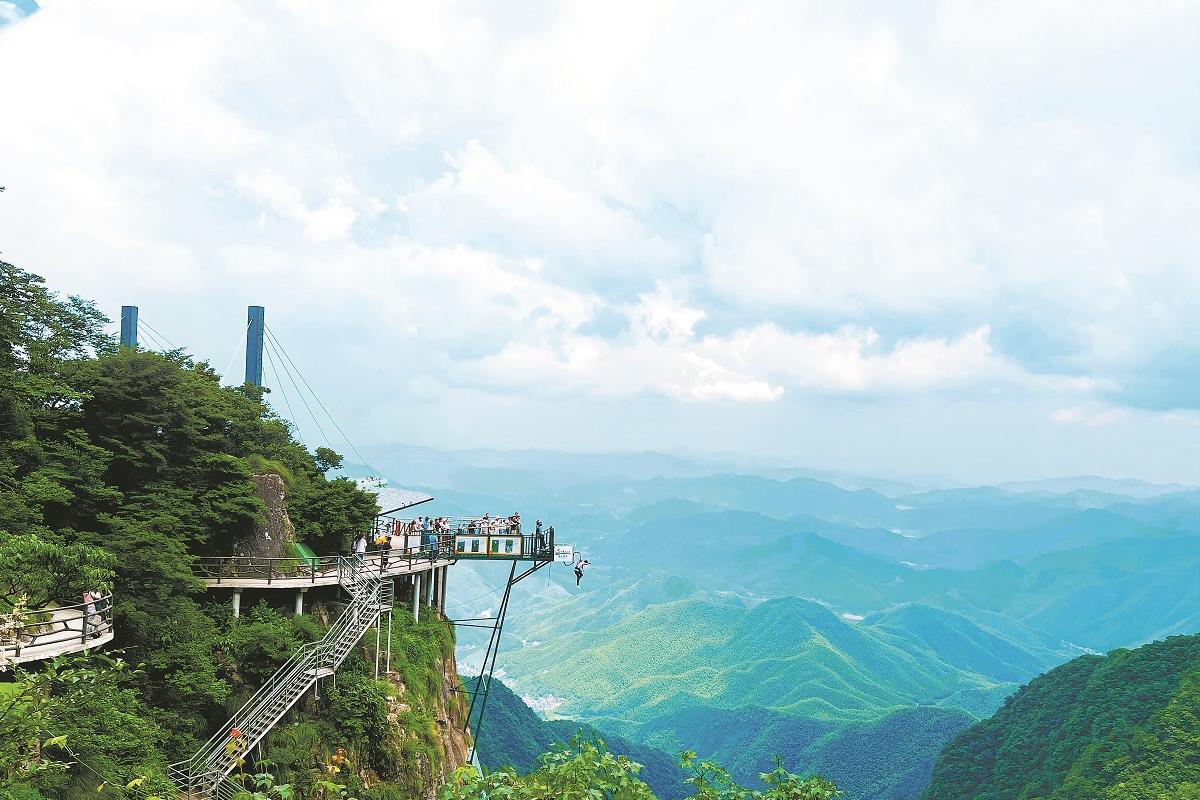Waterlogged Venice sign of things to come

Acqua alta, or high water, is more or less a fall-winter fact of life for the Italian city of Venice, which suffers flooding on a yearly basis.
Normally for residents, and those visiting the UNESCO World Heritage city during the colder months of the year, it is just water splashing over canal banks, or bubbling up through drains in the popular St. Mark's Square.
This year, however, St. Mark's Square is completely under water. In what is the worst flooding in 50 years, and the second-worst since record-keeping began in 1923, 85 percent of Venice has reportedly been flooded. A state of emergency has been declared.
The Venice mayor called for rapid completion of a long-delayed project to build movable undersea barriers intended to limit flooding. Hopefully, the city will find itself better able to stay dry after those artificial barriers are handed over by the end of 2021.
But this year's particularly severe damage is widely believed to be the outcome of multiple factors-high winds, heavy rainfall, low altitude, rising sea levels. All of which are attributable to climate change. "This is what is happening more and more often in the Mediterranean," the Italian environment minister observed, blaming it on the "tropicalization" of violent rainfall and strong winds due to global warming.
"The warmer we make the planet, the more powerful the heavy rainfall and the higher the sea level. All of this may have intensified the flooding in Venice," explained climate researcher Anders Levermann from the Potsdam Institute for Climate Impact Research.
St. Mark's Basilica has been flooded six times in 1,200 years, four times in the past two decades. And Levermann painted a rather grim picture for the future. "If we kept the 2-degree target of the Paris climate agreement, we would have to expect about 5 meters sea level rise in the long term. Venice will definitely go down," he told Zeit Online.
One estimate has it that Venice will be under water by 2100. And not just Venice. Large coastal cities such as Hamburg, Shanghai, Hong Kong and New York would also have to adjust to the fact that large parts would be well below sea level.
The only way to really limit the rise of the oceans, as Levermann said, "is to stop burning coal, oil and gas". While such warning may sound alarmist, especially to those insisting climate change is a hoax, Venice is adding to the pool of evidence that we are in the midst of a climate emergency that demands an urgent and concerted response.
A response that remains impossible while the world's major greenhouse gas emitters are at loggerheads over who is more responsible and should do more, and while one of them believes that it will be somehow immune to the effects and can therefore do as it darn well pleases.
Today's Top News
- Japanese scholar condemns Japan's risky defense spending
- Xi stresses strategic importance of work to raise minors' moral standards
- Jimmy Lai found guilty of colluding with foreign forces
- Hong Kong court opens session to deliver verdict on Jimmy Lai's case
- China's economy posts steady growth in Nov
- Death toll rises to 16 in Sydney's Bondi Beach shooting






























